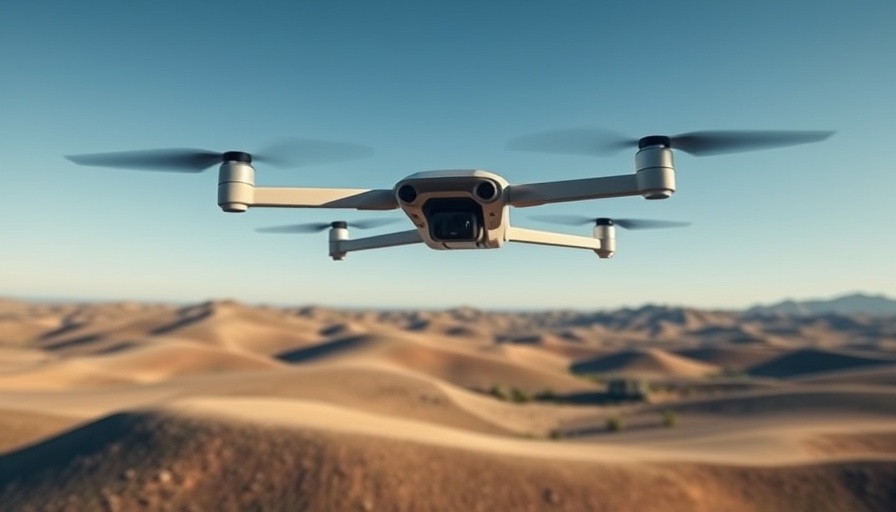
Introducing Beagle: A Revolution in Long-Range Drone Technology
The latest entry into the drone market comes from Hamburg, Germany, where Beagle has unveiled a groundbreaking long-range drone poised to replace traditional inspection methods of energy infrastructure. This innovation marks an important shift in drone application, particularly when inspecting damage after events like natural disasters or conflicts.
Understanding Beagle's Approach and Technology
Co-founded by Oliver Lichtenstein, Beagle utilizes advanced technology to deliver remarkable data accuracy. Their drone, referred to as a "computer with wings," enjoys significant advantages in operational capabilities. Designed to comply with strict EU airspace regulations, the drone is capable of autonomous takeoff, streamlining the workflow for clients.
With a funding boost of €5 million co-led by investors such as AENU and PT1, Beagle aims to heighten its operations beyond the current cash-positive status in Germany. Their service model charges clients per kilometer of pipeline monitored, offering valuable insights for energy companies.
Competitive Edge Over Traditional Methods
While competitors like Intero and Nearmap provide similar services, Beagle asserts its superiority by claiming to have 75 times the resolution of satellite imagery at a fraction of the cost. This efficiency extends not only to the infrastructure inspection sector but could also open new avenues for applications across commercial and military domains.
Diverse Applications and Market Potential
Beagle's drone is not strictly for inspection. Its potential applications could reach into disaster recovery, where accurate situational awareness and hazard detection become paramount. In scenarios where human presence is too dangerous – such as post-war inspections or immediate disaster areas – drones like Beagle's can provide crucial data, ensuring safety while reducing costs associated with helicopter or airplane use.
Future-Proofing the Drone Industry
As drones establish themselves as vital tools in numerous industries, Beagle's commitment to operational excellence and compliance with EU regulations sets a benchmark for other companies. By continuing to innovate and adapt their technology, Beagle not only meets the current market demands but also anticipates future ones, positioning itself as a leader in the drone tech landscape.
The versatility and potential of Beagle's drone extend well beyond energy infrastructure, making it an attractive option for industries ranging from real estate to environmental monitoring. As advancements in drone technology escalate, companies that adopt these innovations will be better equipped for rapid response and thorough analysis.
Conclusion: The Future is Now
As the drone industry evolves, Beagle stands at the forefront of this transformation, using technology to improve safety, efficiency, and data accuracy across various sectors. With its growing capabilities, it opens up a multi-faceted conversation about the future of drone applications. For those interested in tracking how these technologies can influence business and society, staying informed about developments like Beagle's is essential.
To discuss the implications of such technological advancements or to explore more innovative solutions in the drone industry, reach out to local drone experts or join industry forums for more insights.
 Add Row
Add Row  Add
Add 




Write A Comment